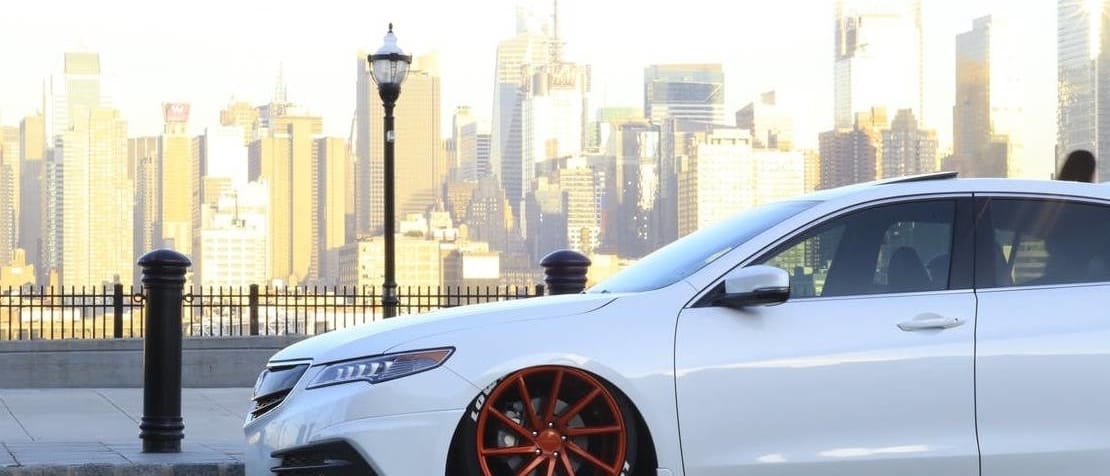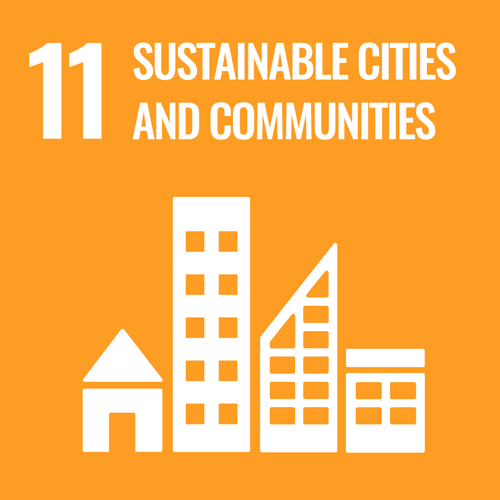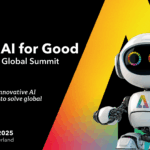Autonomous vehicles could lead to four possible urban futures, according to the National League of Cities (NLC) and the Bloomberg Aspen Initiative on Autonomous Vehicles.
In an interactive online series, data collected throughout 2017 by both partners shows four scenarios that could play out in the modern urban landscape as result of self-driving cars and other artificially intelligent modes of transit: changes to mobility, the sustainability of cities, jobs and economic changes, and changes to urban transformation.
In its analysis on mobility, the report cites an OECD experiment in Lisbon which showed the increase in road congestion caused by autonomous vehicles. Rather than decrease congestion, traffic was shown to increase by 89 percent as autonomous vehicles superseded private cars and bus ridership. The analysis also warned that ride-sharing titans such as Uber and Lyft typically neglect vulnerable demographics such as the disabled, and that autonomous vehicles could have greater social impact if used to tackle isolation among citizens.
Brooks Rainwater, Senior Executive and Director of the National League of Cities (NLC), told Cities Today that autonomous vehicles must take a variety of forms for a variety of purposes, and should even be considered part of a movement towards alternative means of transport altogether.
“We must intentionally develop a system that functionally gets vehicles off the road, drastically reduces automobile fatalities, and works to promote rather than diminish a whole suite of ways that people get around from transit to bikes to walking,” he said.
“City leaders and their partners can promote a continued renaissance in cities as we reduce road size, and recapture streets for sidewalks and other people-focused uses. At the same time, we must always focus on utilising technology to better our whole community.”
For key insights on trends in connected cars, read the latest edition of the ITU News Magazine:
Retail could be transformed with the mass adoption of robot conveyors in cities that deliver everything from pizza to goods bought on Amazon and Alibaba, especially while airspace remains legally disputed. Driverless shuttles such as Google’s Waymo vehicles are also argued to have the potential to create a “microtransit mesh” in cities.
While robot conveyors are often reasoned to slash companies’ operating costs, Rainwater said job creation remains a priority in the adoption process and therefore any initiative would require a human-led component.
“As this automation transition takes place, we must fundamentally keep humans in the loop as a key part of the process, whether as partners with robots, or porters that work hand-in-hand to make sure that everyone can access the future equitably,” he said.
“City leaders and their partners can promote a continued renaissance in cities as we reduce road size, and recapture streets for sidewalks and other people-focused uses.” – Brooks Rainwater, National League of Cities
The Bloomberg Aspen Initiative’s Global Atlas of Autonomous Vehicles (AVs) in Cities states that urban centres form a litmus test for the technology because they are where future customers are expected to reside and work.
“As the pace of autonomous vehicle innovation picks up, cities have become the proving ground of choice,” it said.
RELATED: Why the car is the ultimate mobile device
The atlas draws on a sample of 38 cities which it claims “represent the vanguard of urban governments” by carrying out independent tests on autonomous vehicles or otherwise demonstrating leadership by setting resources aside to invest in them.
Around half of the cities surveyed have begun to identify autonomous vehicles as a concern within the last 12 to 36 months. More than 36 percent of large cities meanwhile are likely to roll out the technology. The atlas and its accompanying analyses were produced with research and design input from technology consultant Anthony Townsend and Bryan Boyer, founder of urban design firm Dash Marshall.
The original version of this article first appeared in Cities Today. Views expressed in this article do not necessarily reflect those of ITU.
















